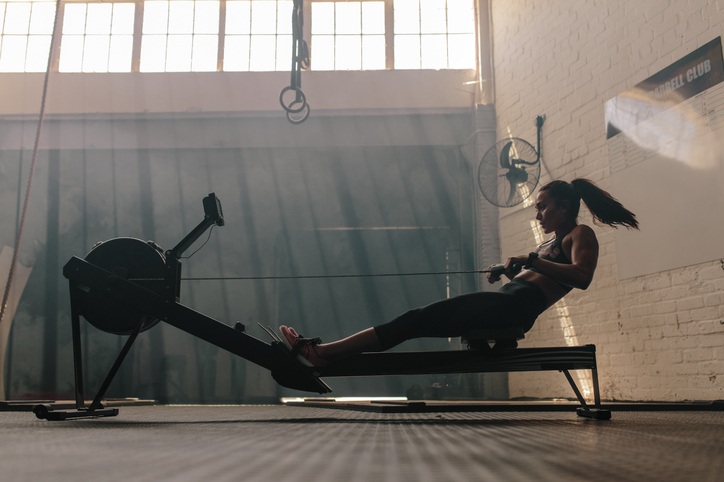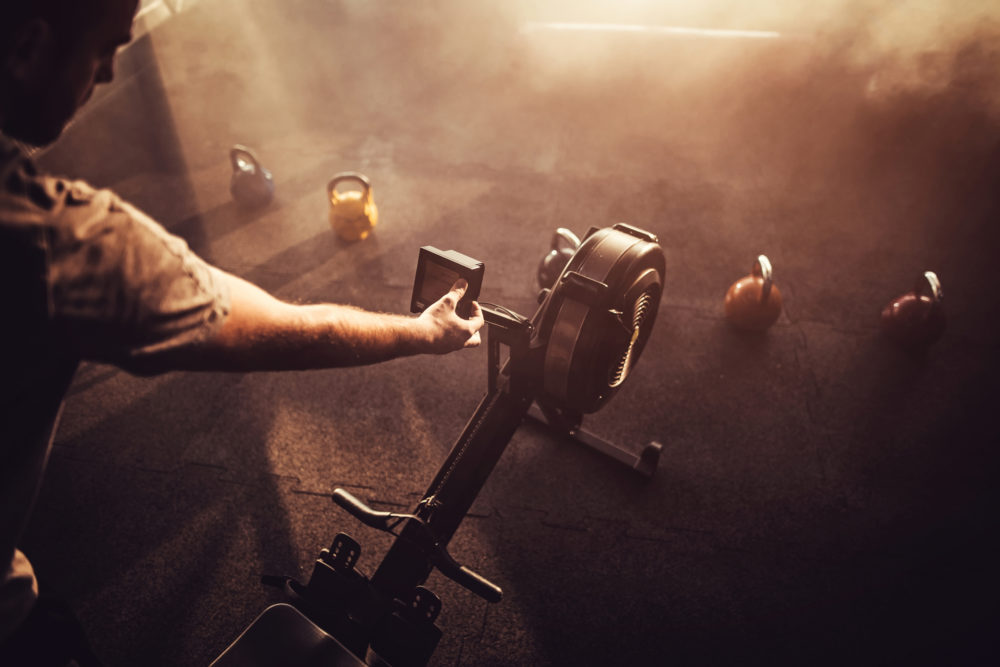
Grip Strength Training Tips
When it comes to connection on both the water and indoor erg, your hands form one of 3 points of contact and despite best intent holding on to the handle can prove to be a tricky thing if you don’t have the required amount of grip strength developed over many many repetitions of holding objects.
This week lets take a look at how to develop grip strength away from the erg and give you that vice-like grip that will help maintain that connection to your favourite piece of cardio equipment.
What is Grip Strength?
Grip strength with rowing is often thought of as simply hand strength (mainly as that is your point of contact to the handle), and while hand strength is definitely included, there are actually many other things to consider when thinking of grip. First off, grip involves everything from the musculature near the elbow down to the fingertips. It has to be thought of this way because many of the forearm and hand flexor muscles actually originate above the elbow, and anytime a muscle crosses a joint, it will in some way influence it. As we move downward, the gripping muscles pass through the forearms, the wrists, and into the hands, fingers, and thumbs — and not only through the front of the forearms, but also the back of forearms. This is important to remember.
As we train, we must then remember to train all of the movement patterns in order to maintain a suitable balance between the antagonistic muscle groups, such as the flexors and extensors. In fact, many cases of inflammation-related forearm pain such as tendonitis, tendinosis and epicondylitis can arise due to overworking of the forearm muscles (think about how many rowing strokes you do on a weekly basis!) or simply neglecting certain muscle groups or movement patterns.
Benefits of Having a Strong Grip
Stronger Grip = Bigger Lifts
Okay, this isn’t specific to rowing, but we know first hand how much that transfer of strength from activities like deadlifts and kettlebell swings transitions to the rowing movement so having that strong grip, you are able to lift heavier weights. That solid grip will help you increase your training results by increasing strength.
Stronger Grip = Better Endurance.
When your hands and lower arms are strong, you can also perform more repetitions than someone whose weak hands are a liability. This means you will be able to perform more repetitions per set of an exercise, thus burning more calories, losing more fat, and building more muscle.
Stronger Grip = Better Injury Resiliency.
Muscles and connective tissues that are strengthened are more injury-resistant, and if an injury does end up taking place, stronger tissue can usually recover faster so that you are back on top of your game.
Grip Training Guidelines
While everyone can benefit from including regular grip training in their workout routines, not everyone is at the same level of strength and some people may be more susceptible to injuries. Because of this, keep these tidbits in mind as you begin and progress.
Start out light: Begin by modifying some of your regular liftings so that it is more grip-intense and then from there add more work. For instance, you can use a towel as the handle on rows for a couple of weeks to get the hands used to working harder, then you can begin adding other implements and techniques into the training as well.
Move up slowly: For those just starting out, I like to suggest one or two grip-intensive lifts per session once per week for two months. After this, move up to two workouts where you include grip-specific lifts where you train the grip with serious intentions up to 1-2 times a week. This is usually enough for just about everybody.
Watch the volume: When performing grip lifts separate from the rest of your routine, keep an eye on the volume. Think of training volume as the number of sets and reps in a workout. Most people progress very well with grip strength if they stay in the 3 to 5 sets of 3 to 5 repetitions range. That is a total of roughly 9 to 25 total attempts in a workout. It’s not that much.
Train the extensors: To keep progressing, make sure to include training for the muscles on the back of the hand, the extensors. You can do this easily and on the cheap by using the large rubber bands found on heads of broccoli or with #84 rubber bands from Staples. Wrap the rubber band around the fingers and thumb and then open them against the resistance of the band. This is a surprisingly effective way to work the extensors. If you can do more than 20 repetitions, then try adding another rubber band in order to increase the resistance or hold the opened position for 2 or 3 seconds before doing the next repetition.
And there you have it, not only are you helping your rowing by implementing grip training you’re also helping the longevity of your training overall and staying strong where you need it.
Yours in fitness, education and getting a grip! (had to throw that one in at the end :-))
Coach John
Leave A Reply Cancel reply
No products in the cart.



1 Comment
Good Day! I have recently been put on the waiting list to purchase the Concept II from Melaleuca. Dark Horse rowing has trained our CEO and I want input from the best. I’m a bit out of shape but want to regain what I have lost through a few years of physical immobility. Not sure where I am on the list for receiving my machine but thought it might be in my best interest to begin studying and working on grip strength.
Thank you!
Kind Regards,
Christy